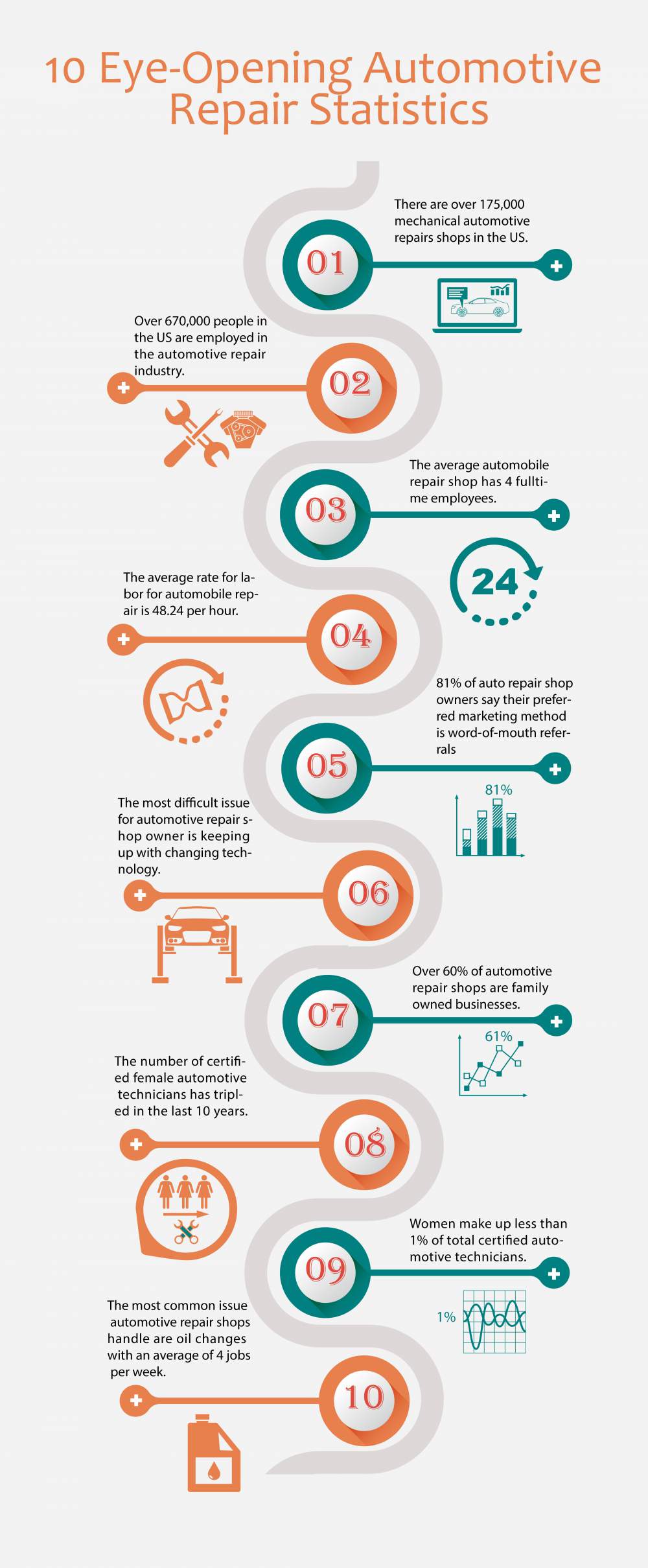Eager To Know What The Dashboard Warning Lights In Your Cars And Truck Represent? Explore Their Meanings For The Wellness And Safety Of Your Car
Eager To Know What The Dashboard Warning Lights In Your Cars And Truck Represent? Explore Their Meanings For The Wellness And Safety Of Your Car
Blog Article
Authored By-Lauritsen Winters
When you lag the wheel, those glowing caution lights on your control panel can be a little bit bewildering. Do you know what they're attempting to tell you concerning your cars and truck's wellness? Understanding the importance of these lights is vital for your security and the long life of your automobile. So, the next time among those lights turns up, would not you wish to understand its message properly and take the required actions to address it?
Common Warning Lights and Interpretations
Determine common warning lights in your auto and understand their significances to make sure secure driving.
The most typical warning lights consist of the check engine light, which signifies issues with the engine or emissions system. If https://transmission-fluid-change18495.win-blog.com/11486481/submerse-yourself-in-the-professional-car-outlining-market-getting-useful-understandings-from-a-well-informed-specialist begins, it's essential to have your vehicle checked without delay.
The oil stress advising light shows reduced oil pressure, requiring immediate focus to avoid engine damage.
A flashing battery light might suggest a faulty billing system, potentially leaving you stranded otherwise resolved.
The tire pressure surveillance system (TPMS) light signals you to low tire stress, affecting automobile security and gas performance. Neglecting this might bring about hazardous driving problems.
The abdominal light indicates a problem with the anti-lock braking system, endangering your capability to stop rapidly in emergency situations.
Last but not least, the coolant temperature level advising light warns of engine overheating, which can lead to serious damage if not solved quickly.
Recognizing these typical caution lights will certainly assist you attend to issues immediately and keep secure driving problems.
Relevance of Prompt Interest
Recognizing the usual caution lights in your automobile is just the initial step; the value of promptly dealing with these cautions can't be emphasized sufficient to guarantee your safety and security on the road.
When a warning light illuminates on your dashboard, it's your auto's means of connecting a potential problem that needs attention. Ignoring these warnings can cause a lot more extreme troubles later on, endangering your safety and possibly costing you a lot more out of commission.
Prompt focus to warning lights can avoid breakdowns and crashes. As an example, a blinking check engine light might suggest a misfire that, if left ignored, might trigger damages to the catalytic converter. Resolving this quickly can conserve you from an expensive repair.
In a similar way, a brake system cautioning light may indicate low brake fluid or used brake pads, vital components for your safety when driving.
Do It Yourself Troubleshooting Tips
If you see a warning light on your dashboard, there are a couple of DIY troubleshooting suggestions you can try prior to looking for professional assistance.
The primary step is to consult your auto's manual to comprehend what the certain caution light shows. In some cases the concern can be as easy as a loose gas cap setting off the check engine light. Tightening up the gas cap might settle the issue.
One more common concern is a low battery, which can set off different alerting lights. Checking the battery connections for corrosion and ensuring they're protected might repair the issue.
If a caution light persists, you can try resetting it by detaching the car's battery for a couple of mins and after that reconnecting it. In addition, inspecting your vehicle's fluid levels, such as oil, coolant, and brake liquid, can assist repair cautioning lights related to these systems.
Conclusion
In conclusion, understanding your auto's warning lights is necessary for keeping your automobile running smoothly and securely. By without delay addressing these notifies and knowing what they suggest, you can avoid pricey repair services and prospective failures.
Keep in mind to consult your car's guidebook for specific details on each advising light and take action as necessary to make certain a hassle-free driving experience.
https://www.findlaw.com/litigation/filing-a-lawsuit/can-i-sue-quick-car-maintenance-services-like-oil-changes--tires.html educated, remain secure when traveling!
